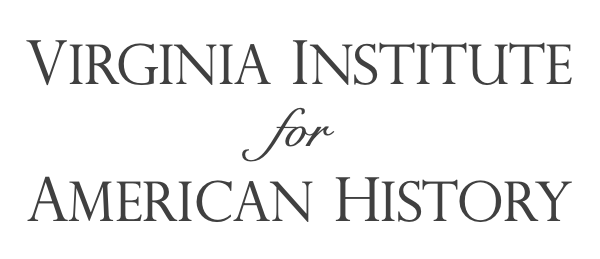By: Tony Williams
When
“Lighthorse Harry” Lee eulogized George Washington as “first in war, first in
peace, and first in the hearts of his countrymen,” he was expressing an
indisputable truth that General Washington was the “indispensable” man of the
American Revolution. The war would
have turned out very differently if he had not been the commander-in-chief of
the Continental Army. But, the
collaboration of Washington and his young aide-de-camp, Alexander Hamilton, was
no less critical to victory.
One
of Washington’s greatest strengths was his ability to judge character and
recognize talent as well as to establish a meritocracy in the American
leadership. Among the brilliant
and courageous commanders that he surrounded himself with in his inner circle
were Henry Knox, Nathaniel Greene, Marquis de Lafayette, Alexander Hamilton,
and even Benedict Arnold (up until his betrayal).
Washington
witnessed Hamilton’s stalwart courage in 1776 during the disastrous Battle of
New York. The British had numerous
advantages in terms of mobility with the Royal Navy and generalship. Washington narrowly averted disaster on
Long Island and was driven across Manhattan. Washington probably noted how cool Hamilton was under fire
as the army fled back to Harlem Heights as his artillery helped repulse a British
attack. Eventually, the Americans
crossed the Hudson and retreated safely across New Jersey with Hamilton again
covering the army at key moments.
When Washington and his army crossed the Delaware and attacked the
Hessians at Trenton and the British at Princeton, Hamilton’s artillery stood
firm and helped turn the tide in both battles. General Washington asked the young man to serve on his staff
as an aide-de-camp shortly thereafter.
Washington
and Hamilton fought together at the battles of Brandywine, Germantown, and
Monmouth Courthouse, came under enemy fire, and watched young men shed their
blood and die. Together, they
suffered the privation at Valley Forge and the continued inability of Congress
and the states to send adequate supplies throughout the war. Washington dispatched Hamilton on
several vital missions including wresting troops away from Horatio Gates, the
heroic victor at the Battle of Saratoga.
Perhaps most importantly, Hamilton worked daily with Washington in the
inner circle of aides and learned the General’s mind as he wrote key
correspondence. They worked and
dined together, conversed about personal and military matters, and developed a
strong bond with a shared outlook.
Washington
and Hamilton had a dramatic falling out when the former exploded at his protégé
for keeping him waiting for a planned meeting. Hamilton’s honor was deeply wounded and actually refused a
meeting Washington offered to clear the air. They parted until Hamilton won a command at Yorktown and
courageously seized a redoubt that turned the tide of battle and led to the
American victory in the American Revolution.
The
wartime alliance of Washington and Hamilton was significant for its leadership
in highest levels of the Continental Army. Washington and Hamilton abided by a deference to the
civilian authorities even when they were corrosive to the war effort. Finally, Washington and Hamilton were
at the center of those army leaders who developed a continental outlook and
would strengthen the national government and the country by advocating and
winning a new Constitution with a “more perfect Union.”
Tony Williams is the Program
Director of the WJMI and the co-author of Washington & Hamilton: The Alliance that Forged America (Sourcebooks,
2015). (Buy it on Amazon: http://www.amazon.com/Washington-Hamilton-Alliance-Forged-America/dp/1492609838/).


No comments:
Post a Comment